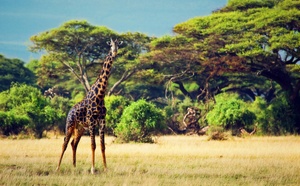TourMaG.com: How was this D’Artagnan Road project born?
F.B.: “This equestrian itinerary project following the path of the famous musketeer was born out of the imagination of horse riders from the Boy Club of Belgium, that is sophisticated in terms of tourism.
Then, a collaboration with the French Federation of Horseback Riding - National Equestrian Tourism Committee, in charge of the development of equestrian activities, seemed perfectly obvious. On these bases, Alain Libéros, initiator of the project, wished to create the European D’Artagnan Road Association (AERA) to gather the main partners necessary for such a project: public authorities, Equestrian Federations, and the regional or local cultural associations of d’Artagnan in six countries and 15 concerned regions.
The FFE - CNTE and its Regional and Departmental Committees then mobilized to determine the trails, and map out the equestrian and touristic infrastructures.
This initiative of an equestrian itinerary is in full concordance with the support of the European Union and European Cultural Itineraries along with promotion efforts of cultural and historical roads, launched by the FFE through the label “Long Equestrian Itinerary.”
F.B.: “This equestrian itinerary project following the path of the famous musketeer was born out of the imagination of horse riders from the Boy Club of Belgium, that is sophisticated in terms of tourism.
Then, a collaboration with the French Federation of Horseback Riding - National Equestrian Tourism Committee, in charge of the development of equestrian activities, seemed perfectly obvious. On these bases, Alain Libéros, initiator of the project, wished to create the European D’Artagnan Road Association (AERA) to gather the main partners necessary for such a project: public authorities, Equestrian Federations, and the regional or local cultural associations of d’Artagnan in six countries and 15 concerned regions.
The FFE - CNTE and its Regional and Departmental Committees then mobilized to determine the trails, and map out the equestrian and touristic infrastructures.
This initiative of an equestrian itinerary is in full concordance with the support of the European Union and European Cultural Itineraries along with promotion efforts of cultural and historical roads, launched by the FFE through the label “Long Equestrian Itinerary.”
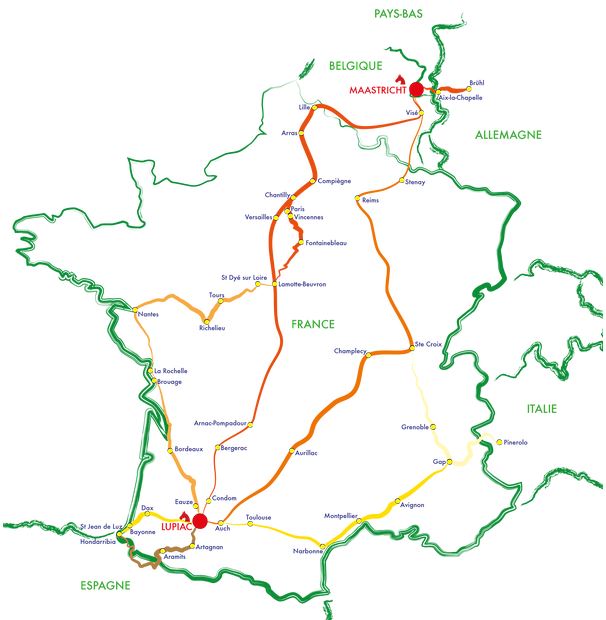
Map of the D’Artagnan Road
Autres articles
-
 TUI Care Foundation : le géant du tourisme s'engage en Andalousie
TUI Care Foundation : le géant du tourisme s'engage en Andalousie
-
 Tourisme durable : TUI soutient un projet d'agroécologie dans le sud de l'Espagne
Tourisme durable : TUI soutient un projet d'agroécologie dans le sud de l'Espagne
-
 Canal des deux mers by bike: new cycling itinerary in the South of France
Canal des deux mers by bike: new cycling itinerary in the South of France
-
 Eden Lodge Paris: luxury ecolodge at the heart of the capital
Eden Lodge Paris: luxury ecolodge at the heart of the capital
-
 Centre-Val de Loire: le Perche, the arty countryside by bike
Centre-Val de Loire: le Perche, the arty countryside by bike
TourMaG.com - What is the itinerary of this journey, is it clearly stated in the Alexandre Dumas novel?
F.B and A.L.: “The European Road of d’Artagnan will link Lupiac in the Gers, the birthplace of the musketeer, to Maastricht and then Holland, where he died.
It follows the footsteps of the musketeer, between the fiction as narrated in Alexandre Dumas’ novel and historical reality. The European D’Artagnan Road has two major routes, via Paris and Bourgogne, but provides, overall, six theme-based itineraries, with extensions to Spain, Italy, and Germany, via Belgium and Holland.”
F.B and A.L.: “The European Road of d’Artagnan will link Lupiac in the Gers, the birthplace of the musketeer, to Maastricht and then Holland, where he died.
It follows the footsteps of the musketeer, between the fiction as narrated in Alexandre Dumas’ novel and historical reality. The European D’Artagnan Road has two major routes, via Paris and Bourgogne, but provides, overall, six theme-based itineraries, with extensions to Spain, Italy, and Germany, via Belgium and Holland.”
TourMaG.com - What is the touristic appeal of this project?
F.B and A.L.: “Equestrian tourism is an activity that respects the environment, in harmony with horse and nature. A study showed that 54% of the French dream of going on a horseback-riding holidays.
The European Road of D’Artagnan is an innovative touristic product, that fuses unique historical themes, connection with nature, discovery of historical heritage, and encounters with locals inhabitants.
It contributes to promoting equestrian tourism at a European level on the basis of a long-term project, with all of the necessary logistics to meet the expectations of leisure riders from around the world.
The European Road of D’Artagnan is both a model for a unique touristic product and a high-quality, cultural, horse-back riding experience.”
F.B and A.L.: “Equestrian tourism is an activity that respects the environment, in harmony with horse and nature. A study showed that 54% of the French dream of going on a horseback-riding holidays.
The European Road of D’Artagnan is an innovative touristic product, that fuses unique historical themes, connection with nature, discovery of historical heritage, and encounters with locals inhabitants.
It contributes to promoting equestrian tourism at a European level on the basis of a long-term project, with all of the necessary logistics to meet the expectations of leisure riders from around the world.
The European Road of D’Artagnan is both a model for a unique touristic product and a high-quality, cultural, horse-back riding experience.”
TourMaG.com - Who will be able to travel D’Artagnan’s Road?
F.B and A.L.: “The European D’Artagnan Road is, first and foremost, an equestrian itinerary. It will delight the 6 million horse-back riders of Europe, and beyond that, those coming from countries with a high equestrian culture such as the USA, Argentina, Australia…
The riders will be able to discover the European D’Artagnan Road with their equestrian club, amongst family or friends, for a few hours, several days, or even several weeks for the more adventurous bunch who wish to complete the entire itinerary. Expect around one month and a half of riding to go from Lupiac to Maastricht through the King’s Road (via Paris) and Madam’s Road (via Bourgogne.)
Furthermore, some parts of the itinerary are accessible to trailers. Eventually, European D’Artagnan Road will also be adapted to hikers and mountain bikers.”
F.B and A.L.: “The European D’Artagnan Road is, first and foremost, an equestrian itinerary. It will delight the 6 million horse-back riders of Europe, and beyond that, those coming from countries with a high equestrian culture such as the USA, Argentina, Australia…
The riders will be able to discover the European D’Artagnan Road with their equestrian club, amongst family or friends, for a few hours, several days, or even several weeks for the more adventurous bunch who wish to complete the entire itinerary. Expect around one month and a half of riding to go from Lupiac to Maastricht through the King’s Road (via Paris) and Madam’s Road (via Bourgogne.)
Furthermore, some parts of the itinerary are accessible to trailers. Eventually, European D’Artagnan Road will also be adapted to hikers and mountain bikers.”
TourMaG.com - What are the logistics needed to implement such a project?
F.B. and A.L.: “Due to its equestrian nature, the establishment of an itinerary like the European D’Artagnan Road requires qualifications in terms of equestrian infrastructures: mapping out itineraries and accommodations that can welcome horses, setting up equestrian stops, road markings, identifying farriers and veterinarians…
Regional and Departmental Committees of the FFE - CNTE actively contribute to these field tasks.
The other logistical needs are akin to those of a traditional touristic project, with, among others, completing the “Musketeer Book” during each stop, receiving the “d’Artagnanne” at the end of the journey, and finally awarding a “Golden, Silver, or Bronze Musketeer” depending on the distance traveled.”
F.B. and A.L.: “Due to its equestrian nature, the establishment of an itinerary like the European D’Artagnan Road requires qualifications in terms of equestrian infrastructures: mapping out itineraries and accommodations that can welcome horses, setting up equestrian stops, road markings, identifying farriers and veterinarians…
Regional and Departmental Committees of the FFE - CNTE actively contribute to these field tasks.
The other logistical needs are akin to those of a traditional touristic project, with, among others, completing the “Musketeer Book” during each stop, receiving the “d’Artagnanne” at the end of the journey, and finally awarding a “Golden, Silver, or Bronze Musketeer” depending on the distance traveled.”
TourMaG.com: Does the D’Artagnan Road project have chances of being realized?
F.B. and A.L.: “Considering the elements mentioned above, the project has all the chances of taking place. The founding members of AERA - that FFE is part of - are very active since 2014 in realizing the project.
But in the end, riders are the ones who will determine the level of success and popularity of the Road, just like the 220,000 pilgrims who travel the Santiago de Compostela path every year.
In December 2015, the European D’Artagnan Road received the support of the European Commission, that nominated this initiative out of the hundred applications received for a European call for projects.
The innovative aspect of the project, especially its transnational side, needed to be proved, and guarantees had to be implemented for a long-term plan, which explains the creation of the European D’Artagnan Road Association (AERA).
This governance structure is aimed at ensuring the management of the project and its promotion at the end of the co-financing period, driven by the FFE.
The aid of the European Commission begins in March 2016, for a duration of 18 months. The goal is to open the European d’Artagnan Road to riders by the Spring 2017. A candidacy for the label “European Cultural Route" by the Council of Europe is scheduled for 2017 in order to reinforce the european and global popularity right at the start of the project.”
F.B. and A.L.: “Considering the elements mentioned above, the project has all the chances of taking place. The founding members of AERA - that FFE is part of - are very active since 2014 in realizing the project.
But in the end, riders are the ones who will determine the level of success and popularity of the Road, just like the 220,000 pilgrims who travel the Santiago de Compostela path every year.
In December 2015, the European D’Artagnan Road received the support of the European Commission, that nominated this initiative out of the hundred applications received for a European call for projects.
The innovative aspect of the project, especially its transnational side, needed to be proved, and guarantees had to be implemented for a long-term plan, which explains the creation of the European D’Artagnan Road Association (AERA).
This governance structure is aimed at ensuring the management of the project and its promotion at the end of the co-financing period, driven by the FFE.
The aid of the European Commission begins in March 2016, for a duration of 18 months. The goal is to open the European d’Artagnan Road to riders by the Spring 2017. A candidacy for the label “European Cultural Route" by the Council of Europe is scheduled for 2017 in order to reinforce the european and global popularity right at the start of the project.”






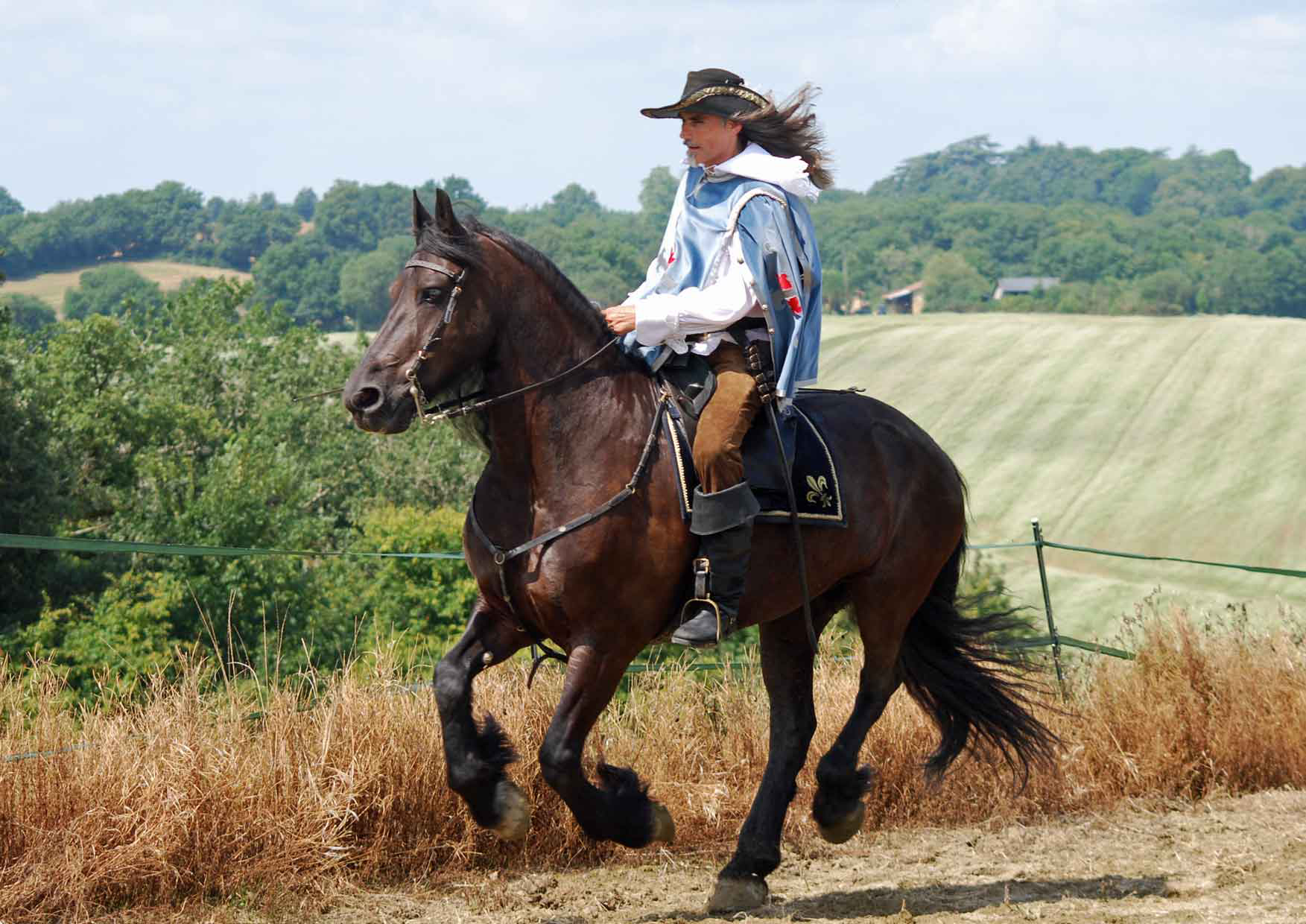
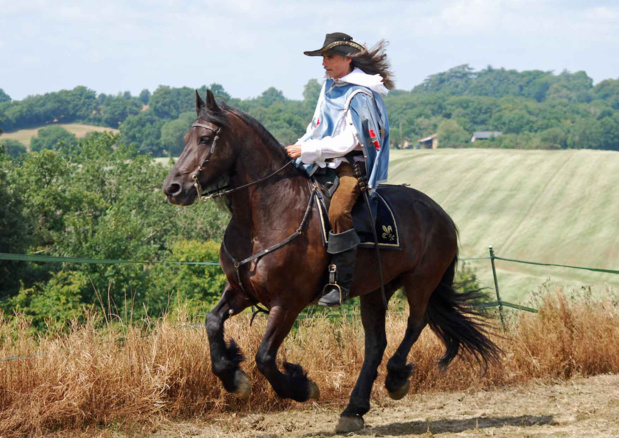

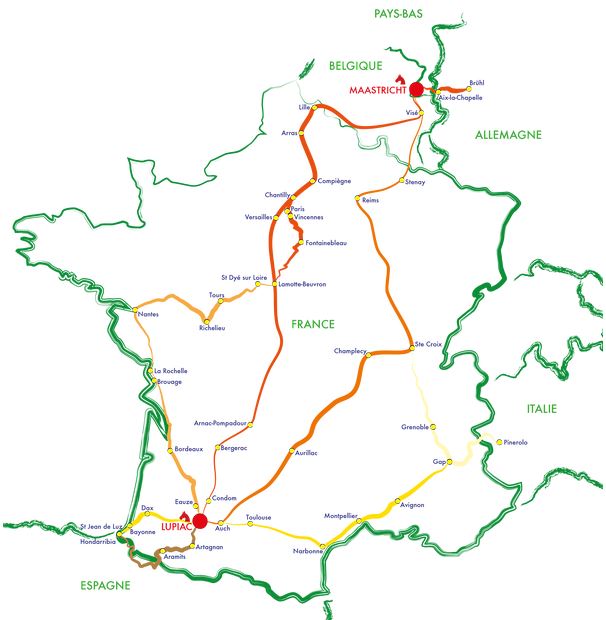
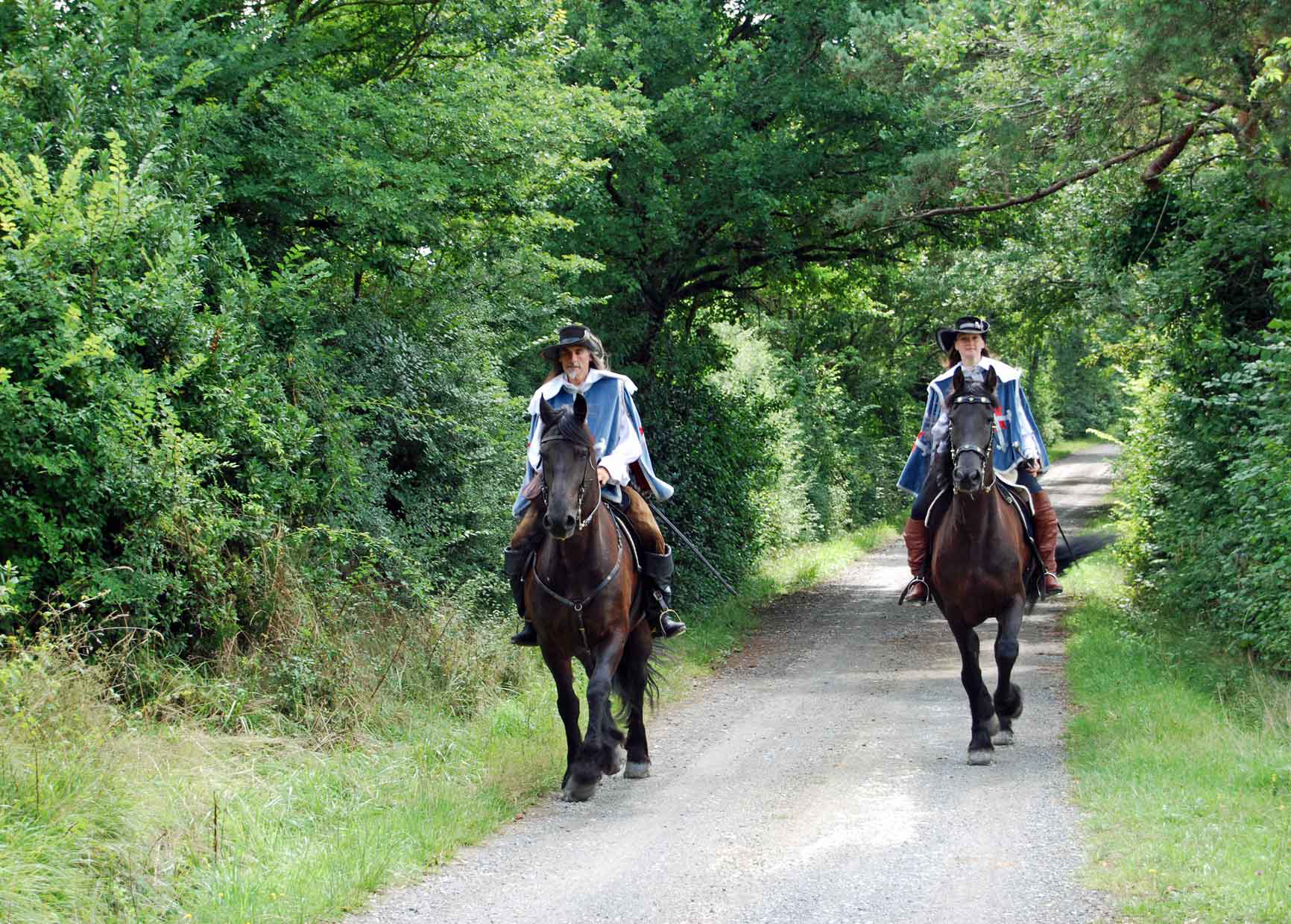

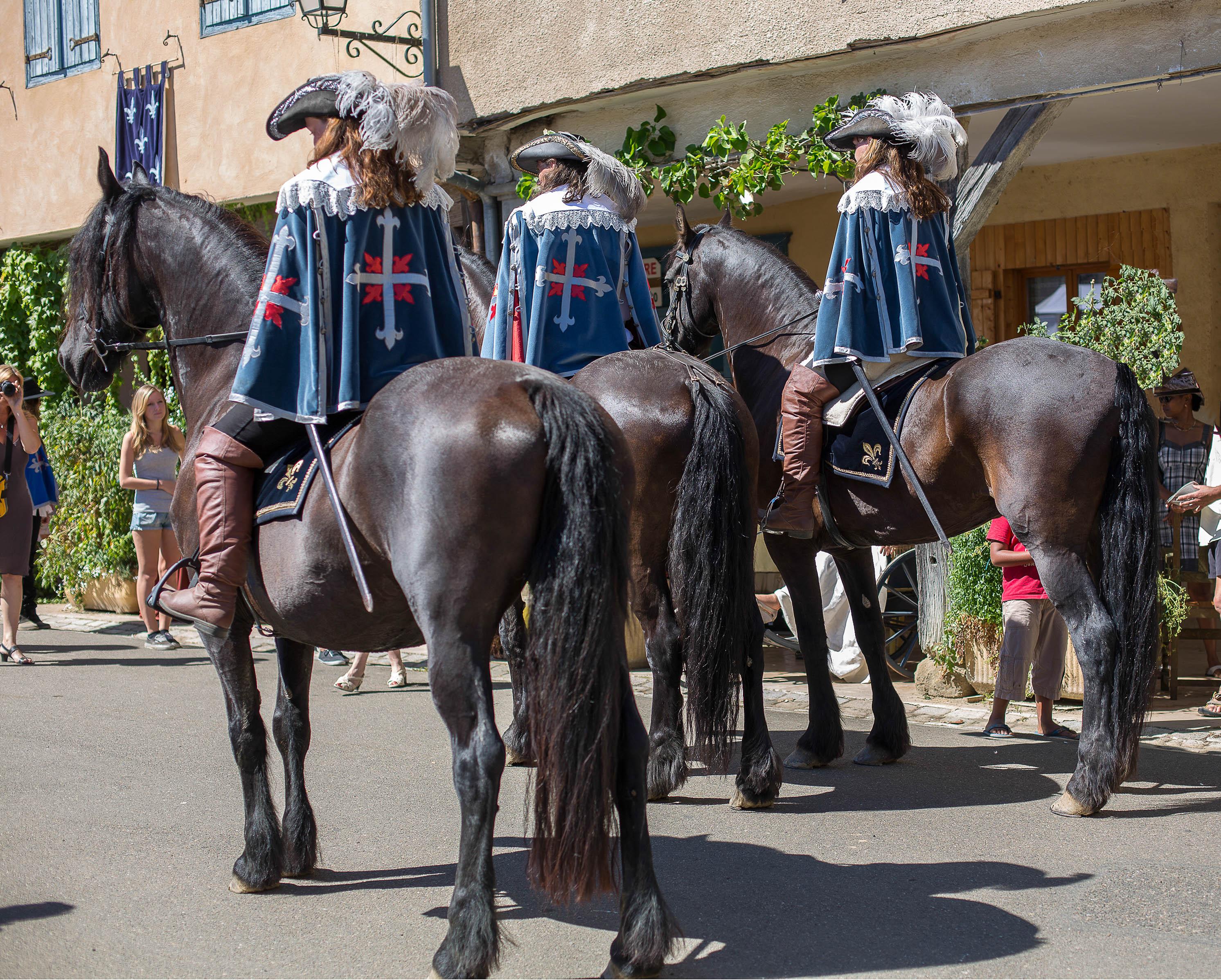
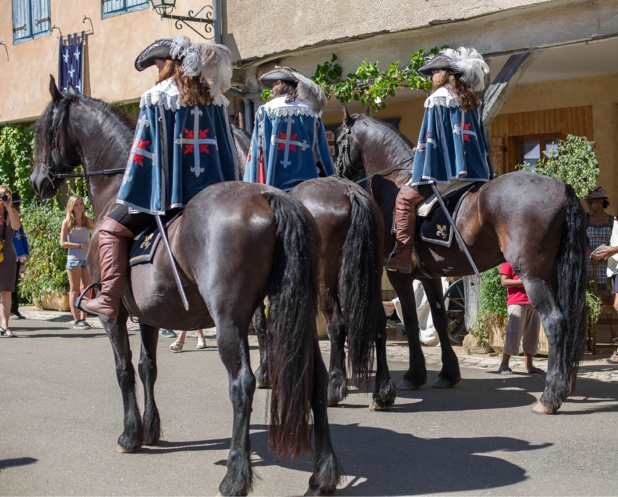

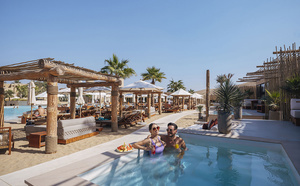








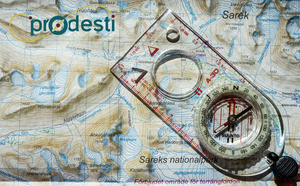






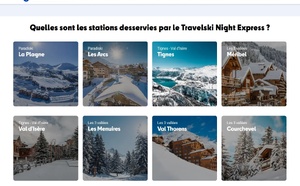
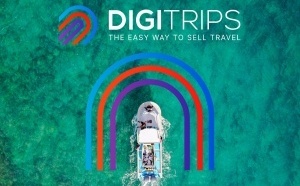


![Tourisme : où sont passés les Chinois ? [ABO] Tourisme : où sont passés les Chinois ? [ABO]](https://www.tourmag.com/photo/art/large_16_9/87929923-62307593.jpg?v=1744721842)
